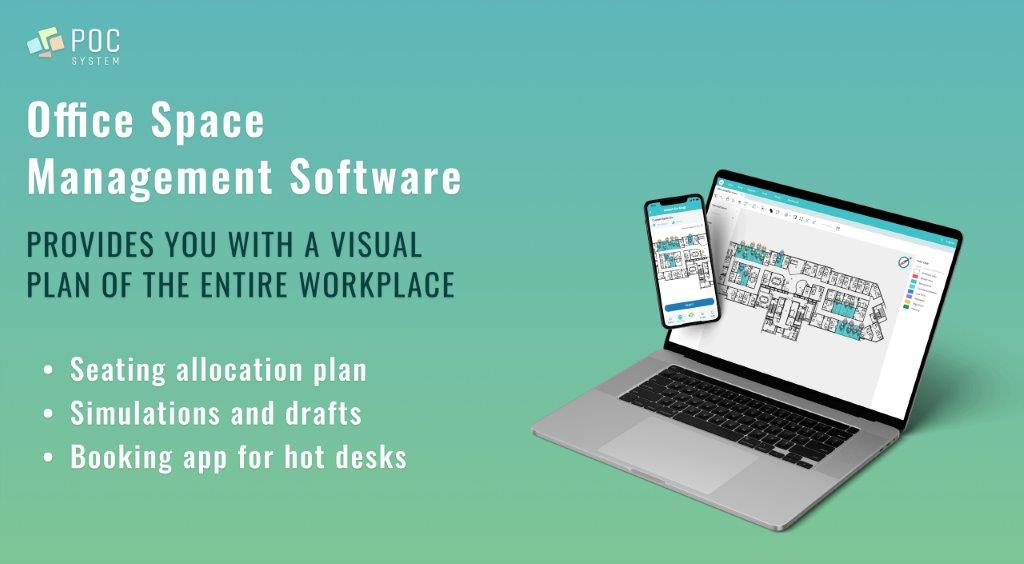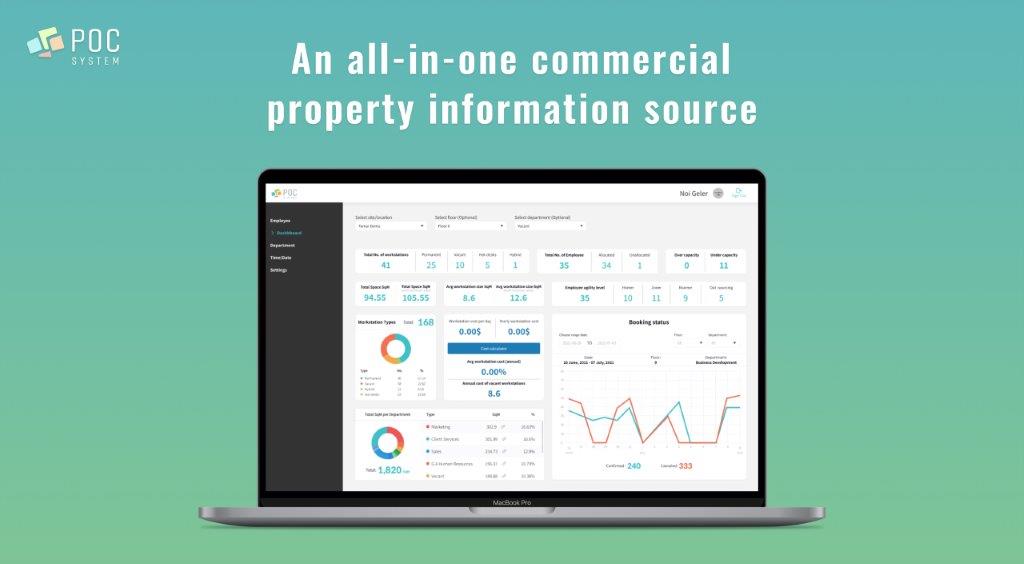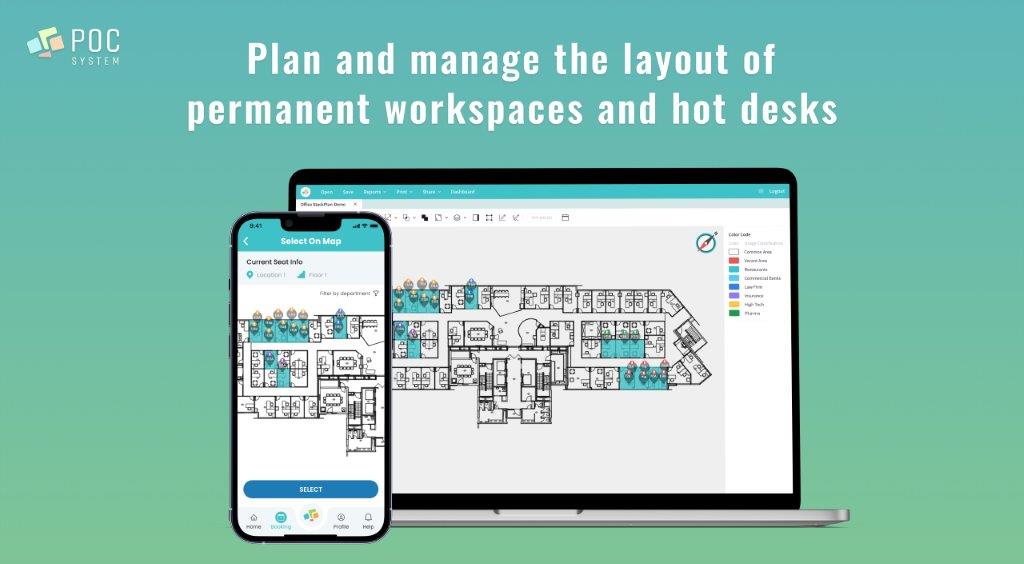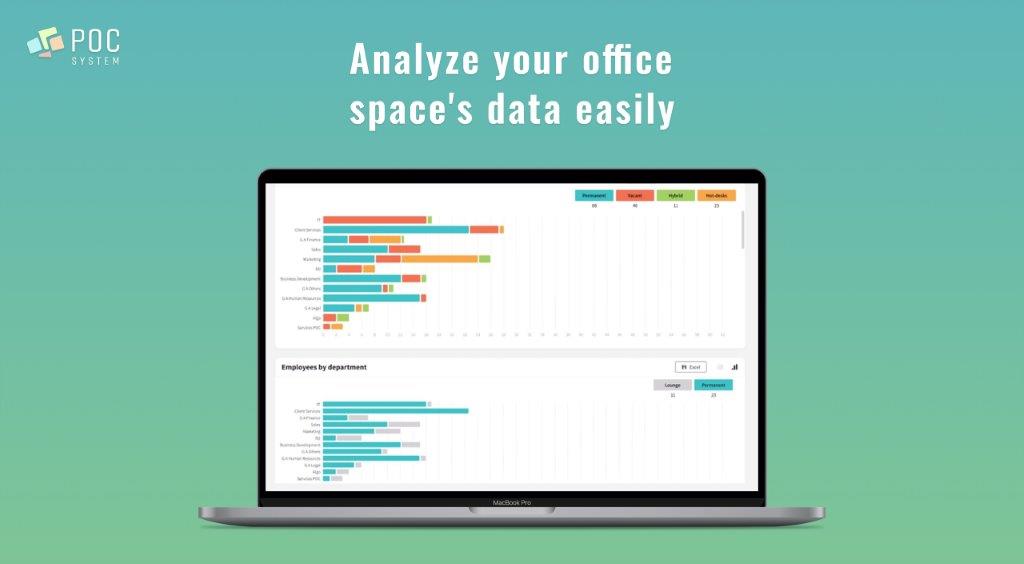How to Develop a Successful Facility Management Plan
Published March 3, 2023.

Facility management refers to planning and overseeing all the physical resources of your organization, such as buildings, equipment, furniture, and more. To ensure good facility management, you first need to create a plan to design, construct, maintain, and upgrade your facilities to maximize their value and achieve your business goals.
A facility management plan is a specific document that outlines the strategies and goals for managing your organization's physical resources.
A successful facility management plan can help you minimize costs and efficiently manage your physical resources. For example, a facility management plan can help in real estate decision-making by providing insight into your planning, design, and space management operations.
What Should You Consider for Your Facility Management Plan?
Developing a good facility management plan is easier said than done, as the factors around it can differ based on your company's goals. Nevertheless, you should consider these universal tips:
Provide Safety and Security
The safety and security of your employees, visitors, and assets should be your top priority when developing a facility management plan. You can achieve your organization's safety goals by implementing access control measures such as key cards, alarm systems, and CCTV cameras throughout the facility.
Another important element of creating a safe and comfortable workspace is adhering to safety regulations such as having fire extinguishers, smoke detectors, and wayfinding maps to exits in case of emergency.
■ Create an efficient wayfinding system with these best practices
Improve Communication
It's essential to ensure open communication between occupants, stakeholders, and other parties involved in your facility management. This can help clarify everyone's objectives and establish an open dialogue so that everyone's informed of any changes or improvements to the facilities.
In addition to boosting employee satisfaction, open communication will also allow your collaborators to express their concerns and doubts so you can address them before they turn into bigger issues.
Ensure Maintenance and Business Continuity
Planning for preventative maintenance, analyzing the elements that need maintenance or repair, creating budgets for these tasks, and preparing for unexpected problems are all key aspects to ensure your operations are uninterrupted.
To plan for maintenance and potential issues, you should consider implementing advanced maintenance management systems to better track and manage your assets. This will help to reduce costs and unexpected breakdowns to keep your business running smoothly.
■ Regular maintenance can allow for better facility management reports
Optimize Space Utilization
Space utilization is an important factor to consider when developing a facility management plan because optimizing space usage within your facility can boost employee productivity and reduce costs. Important space usage factors you should consider include:
- Office layout: Choose either an open or closed office layout based on your specific business needs.
- Design choices: Ensure your design creates an inviting environment within your facility while making the most out of the space.
- Eco-friendly spaces: Green workspaces can lower costs with more efficient energy use.
- Furniture and equipment: Make sure these elements are placed in the best positions where employees can easily access them and actually use them.
- Space flexibility: Opt for flexible workspaces that can easily be changed depending on your needs.
Taking these factors into account when calculating your space utilization rate can help ensure all areas of your facility are used to their full potential.
■ Ensure maximum space utilization using these key metrics
4 Basic Steps for a Successful Facility Management Plan
If you're not sure where to start, take a look at these four basic steps for creating a successful facility management plan:
1. Identify the Current State of the Facility
By identifying the current state of the facility first, you create a baseline from which you can make decisions about budgeting, repair needs, and space utilization. It also provides insight into areas that need improvement, enabling you to focus your efforts on these critical points and maximize efficiency.
2. Prioritize Objectives
When developing a facility management plan, it's important to ensure it aligns with your overall business objectives to prevent wasting resources and halting progress.
Example:
If your business goal is to become more energy efficient, any facility improvements you make should reflect this goal. This could involve changes to the facility layout and implementing green workspaces.
By prioritizing your objectives, you can make sure your organization's efforts are focused on the right areas and your facility management contributes to your goals.
■ Improve your facility management with these essential KPIs
3. Create and Implement a Plan
Once you've identified your objectives, you should conceive an actionable plan and set achievable timeframes.
Example:
If one of your goals is to switch to an open layout due to the benefits of open-space offices, your plan should outline the design choices, budgeting requirements, and furniture and equipment placement while specifying the expected completion dates for each point.
Once you have a plan in place, you should communicate it to everyone involved so they can perform their duties mindfully and with clear direction, thereby maximizing productivity and ensuring your objectives are met within the established timeline.
4. Monitor the Plan
Regularly monitoring the facility management plan is important to identify any shortcomings or inefficiencies and establish a success rate. This should involve regular check-ins with employees, creating maintenance reports, and changing the layout as necessary.
These steps will ensure that you can identify any issue early on and take corrective action quickly and efficiently while allowing for better decision-making in the future.
Automated Software Can Assist In Your Success




When implementing a facility management plan, automated software like POC System's Space Management Software can be an invaluable asset. This useful tool offers the following features:
- Visual simulations to help with floor plan design
- Streamlined booking of desks and meeting rooms
- Creating custom seating plans for maximum employee productivity
- Advanced analytics to evaluate the success of your objectives
- Real-time tracking of your current seating and office layout
These features can provide you with the tools you need to maximize space utilization and ensure your objectives are met within the set timeline.
Easily Create a Successful Facility Management Plan
Creating a successful facility management plan that aligns with your overall business objectives can be highly beneficial to your organization's bottom line. This process should involve prioritizing objectives, creating and implementing an actionable plan, and regularly monitoring the facility space usage.
While this can be a daunting task, automated software like POC System's Space Management Software can make it a whole lot easier. With this tool, you can quickly develop an effective facility management plan and ensure your resources are being used in the most efficient manner.
■ Book a demo to explore POC's features
